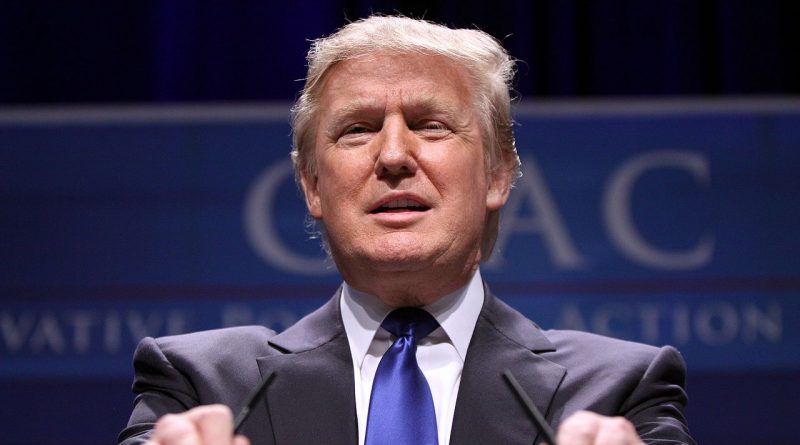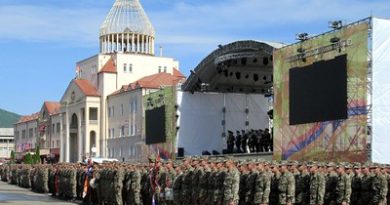Focus on Presidential Rhetoric: Donald Trump
Casey Hatchimonji
Staff Writer
Prompted by Danish Prime Minister Mette Frederiksen’s response to the President’s interest in purchasing the Danish autonomous territory of Greenland, President Donald Trump recently postponed his state visit to Denmark.
According to CNN, Trump had previously expressed interest in buying Greenland, causing many within the White House to label the idea as a way to build the President’s legacy. In an interview quoted by The Washington Post, Frederiksen responded by calling the idea “absurd,” but then quickly emphasized that Denmark considers the United States as one of their closest allies.
As a response, Trump took to Twitter to announce that he was postponing his trip to Denmark, later telling the press that Frederiksen’s response was “nasty” and “inappropriate,” reports CNBC.
This type of response from the president comes as no surprise to many Americans. Trump has repeatedly characterized world leaders who he disagrees with as “nasty,” often when they are female. Trump’s choice words, which are often labeled as polarizing and inflammatory, have been an ongoing trend since the 2016 presidential campaign and he has been repeatedly criticized for it.
Trump’s statements regarding the Danish Prime Minister came a few weeks after he came under scrutiny for his response to the mass shooting in El Paso, Texas. Prior to the attack, the suspected shooter posted a document online detailing his hatred towards immigrants and the Latinx community.
According to The New York Times, the shooter stated that the attack, “is a response to the Hispanic invasion of Texas.” At a rally a few months prior to the midterm elections, Trump stated that the U.S. was under attack saying that there was an “invasion.”
More recently, during a rally in Florida, Trump laughed when an audience member shouted “shoot them” as a response to the president’s ideas on how to stop people from crossing the border, reports USA Today.
In a televised remark reported on by The New York Times, Trump responded to the shooting by stating, “hate has no place in our country, and we’re going to take care of it.” This response sparked public outrage, with many criticizing Trump for not mentioning the racism and white supremacism in the shooter’s manifesto.
In the aftermath of the shooting, the U.S. media and many of the democratic presidential candidates were quick to draw parallels between Trump’s speeches and the suspect’s manifesto. Many of the candidates took to Twitter to criticize Trump’s response by calling it inadequate.
Candidates also placed blame on the President, arguing that his use of hate speech propagated the attack. In a tweet, Democratic presidential candidate and former El Paso Representative Beto O’Rourke accused Trump of stoking racism and inciting violence, reports CNN. Fellow Texan and democratic candidate Julián Castro described Trump as a “national spokesperson” for white nationalists and racists, according to The Hill.
Contrasting that of the Trump supporters yelling “shoot them” at rallies, the overriding consensus from the democratic party is that Trump is impart responsible for inciting hatred that can lead to tragic events, like the shooting in El Paso.
Whether or not Trump and his rhetoric can be labeled as a cause for the rise in open hatred is a debatable topic and is another issue the country will be divided on. Trump has set a trend of polarizing people through divisive speech, which has sparked controversy in the same way his presidency has.


